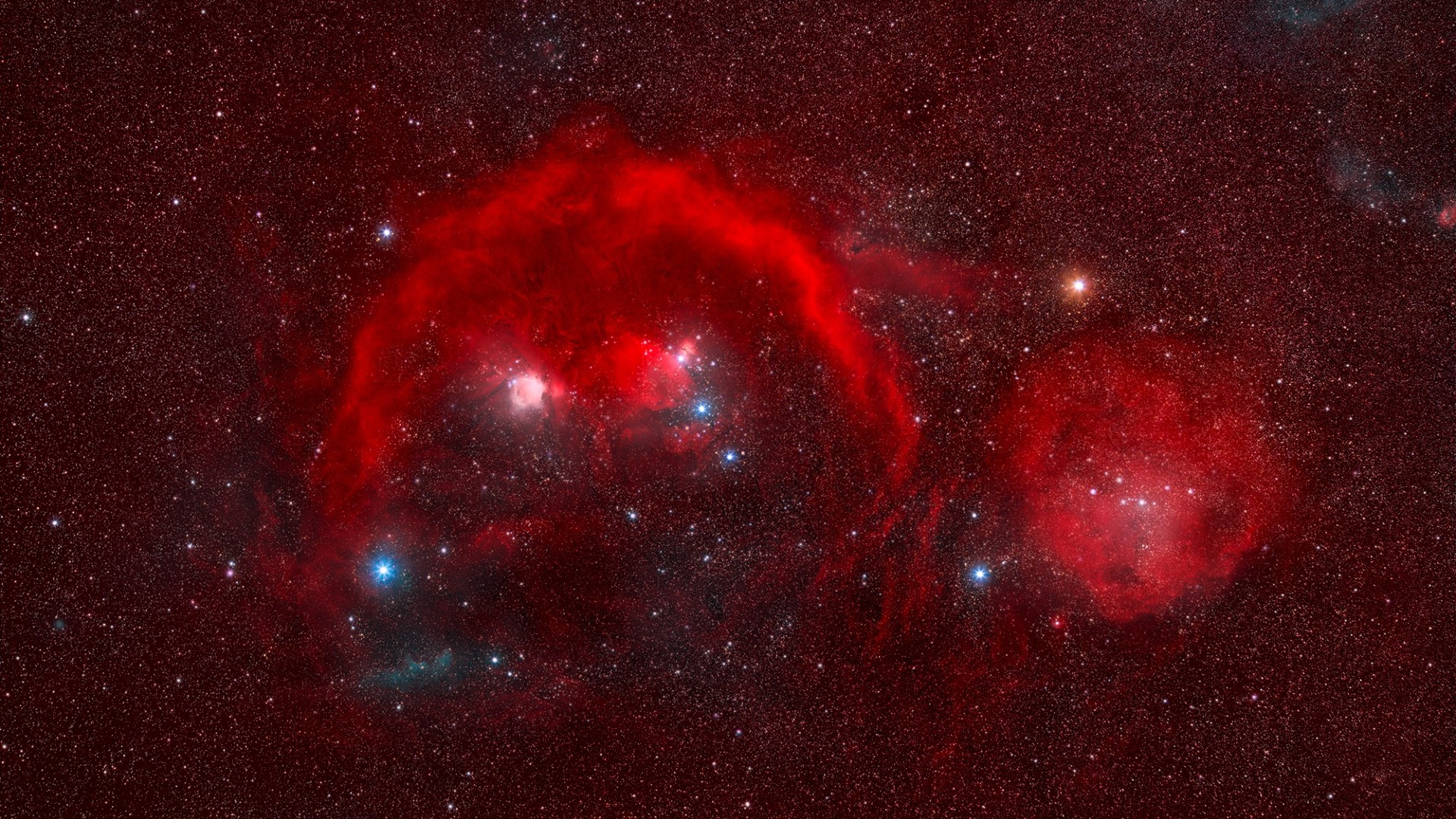New spacecraft sustainability rating targets space junk
From 2022, spacecraft operators will be able to obtain sustainability certificates for their missions.

Spacecraft operators will be able to apply for sustainability rating beginning next year to prove their satellites don't present unnecessary risk in the orbital environment and contribute to the problem of space junk.
The rating, designed to encourage sustainable behavior, will look at various aspects of the mission design, including the choice of orbit, measures to prevent collisions and de-orbiting plans. Companies will be able to gain bonus points for installing special features on their spacecraft that would make active removal easier at the end of the satellite's lifetime, such as magnetic plates of handles.
The Space Sustainability Rating (SSR) was developed jointly by the World Economic Forum (WEF), the European Space Agency (ESA) and MIT Media Lab and will be overseen by the Space Center at the Swiss technology university École Polytechnique Fédérale de Lausanne (EPFL), WEF said in a statement released on Thursday (June 17).
The rating will be available for all kinds of space missions, including those involving human crews.
Related: How are asteroids, space weather and space debris detected before they hit Earth?
Nikolai Khlystov, Lead for Mobility and Space at WEF, said in the statement that the forum hoped that incentivizing better behavior will prompt actors in the space sector to compete on sustainability and create a race to the top.
The rating will offer four levels of certification. The project's proponents hope that achieving a good result might offer companies additional benefits, such as lower insurance costs or better standing among investors.
Breaking space news, the latest updates on rocket launches, skywatching events and more!
"The SSR aims to influence behavior by all spaceflight actors, especially commercial entities, and help bring into common usage the sustainable practices that we desperately require," Holger Krag, Head of ESA's Space Safety Program, said in the statement. "To achieve this, the SSR rating includes a peer-reviewed assessment of the short- and long-term risks that any mission presents to other operators and for our orbital environment in general."
The expert community has long been concerned about the growing number of satellites in space. In recent years, private companies such as SpaceX, OneWeb and Amazon started developing megaconstellations designed to encompass tens of thousands satellites, more than had been launched in the 64 years since the first satellite, Sputnik.
As the number of satellites increases, so does the risk of collisions. Satellite collisions, such as the 2009 crash between the U.S. telecommunication satellite Iridium and the defunct Russian military satellite Kosmos-225, generate massive amounts of fragments. Each of those fragments then continues hurtling on its own trajectory at 17,500 mph (28,000 kph), threatening other orbiting spacecraft.
According to ESA, there are currently about 34,000 space debris pieces larger than 4 inches (10 centimeters) orbiting Earth, as well as around 900,000 fragments between 0.4 and 4 inches (1 to 10 cm) and a staggering 128 million objects between 0.04 and 0.4 inches (1 millimeter to 1 cm).
In fact, experts believe the amount of space debris is already so high that first signs of the so-called Kessler Effect, a damaging cascade of collisions that could render some areas of space unusable, are already occurring.
"There is more important work to do in engineering research, policy-making and norm building to ensure that the global community can operate in space for decades to come," Danielle Wood, Director of the Space Enabled Research Group at the MIT Media Lab, said in the statement. "All of us who contributed to the SSR are committed to continuing this important work and we hope others will continue to join in."
The problem of space debris is finally receiving more attention also on the political level. At the recent G-7 Leaders' Summit in Cornwall, U.K., representatives of leading industrial nations agreed to make the space junk problem a priority in order to ensure future sustainable use of space.
The Space Sustainability Ratings took two years to develop. Application will be completely voluntary.
Follow Tereza Pultarova on Twitter @TerezaPultarova. Follow us on Twitter @Spacedotcom and on Facebook.
Join our Space Forums to keep talking space on the latest missions, night sky and more! And if you have a news tip, correction or comment, let us know at: community@space.com.

Tereza is a London-based science and technology journalist, aspiring fiction writer and amateur gymnast. Originally from Prague, the Czech Republic, she spent the first seven years of her career working as a reporter, script-writer and presenter for various TV programmes of the Czech Public Service Television. She later took a career break to pursue further education and added a Master's in Science from the International Space University, France, to her Bachelor's in Journalism and Master's in Cultural Anthropology from Prague's Charles University. She worked as a reporter at the Engineering and Technology magazine, freelanced for a range of publications including Live Science, Space.com, Professional Engineering, Via Satellite and Space News and served as a maternity cover science editor at the European Space Agency.
